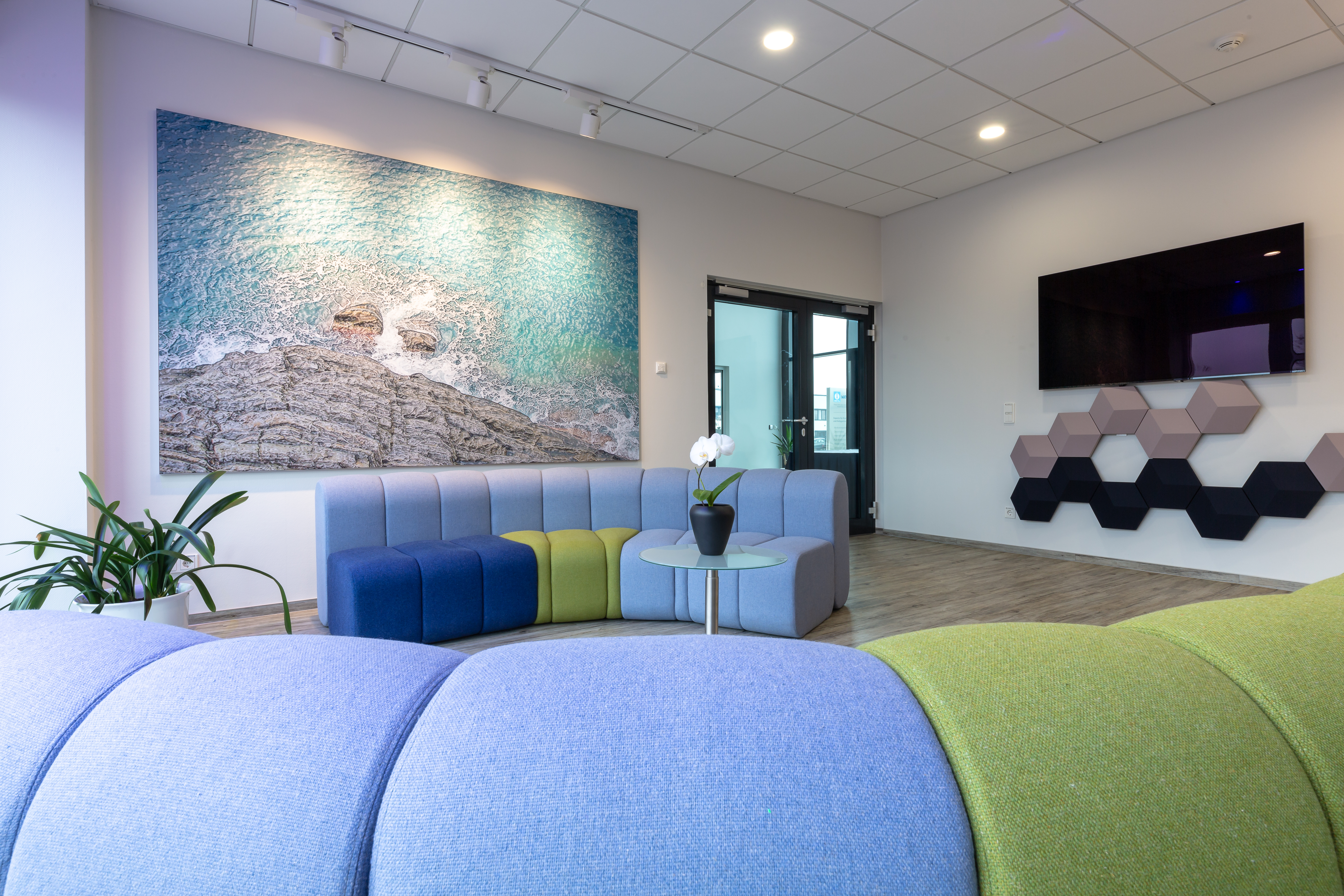Chlorine dioxide in drinking water applications
Chlorine dioxide is an authorised disinfectant for use in drinking water in accordance with §14 of the Drinking Water Ordinance. Dosing into drinking water is always proportional to the flow rate in accordance with the law. An electronic measured value is used for documentation or as a switch-off parameter. The operating log of modern chlorine dioxide generation systems is created automatically. The systems can be monitored remotely via data transmission. Limit value violations or malfunctions can thus be analysed promptly. In municipal water supplies, the systems can be installed upstream of the inlet to the elevated tank or at the tank outlet. The correct input signal for the generation system is important. This is usually a reed contact or a 4-20 mA signal. In order to operate the systems safely against attacks from the Internet, a BUS system is also an option. The chlorine dioxide systems are serviced once a year, whereby a visual inspection is a matter of course during each tour of the system. The chemical consumption of the systems depends on the volume flow of the water. The more cubic metres of water to be treated, the more hydrochloric acid and sodium chlorite must be kept on hand. To produce one gram of chlorine dioxide, 25 ml of each starting chemical is required. The concentration in the water should be 0.2 mg / litre. This means that approx. 5 m³ of water can be treated with one gram of chlorine dioxide solution. Chlorine dioxide is therefore one of the most favourable methods for keeping water safely germ-free.





